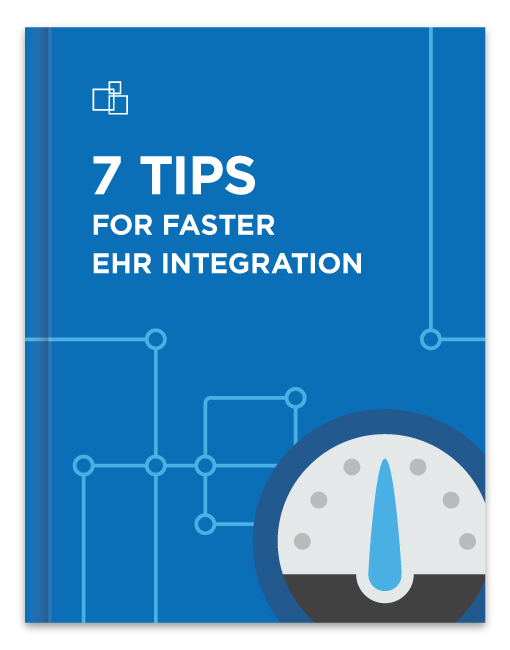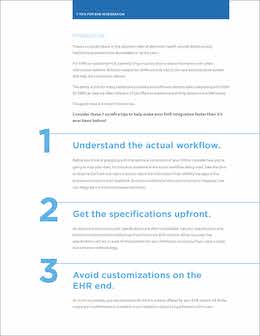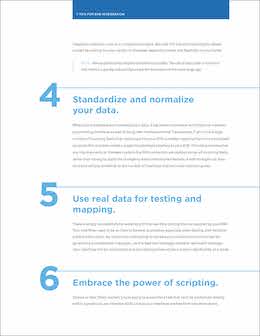
For electronic health records (EHRs) to realize their full potential, they must be able to share information with other information.
The reality is that EHR integration is all too often an expensive and time-consuming undertaking.




There’s no doubt about it; the adoption rates of electronic health records (EHRs) among healthcare providers have skyrocketed in recent years.
For EHRs to realize their full potential, they must be able to share information with other information systems. Without integration, EHRs will only add to the very administrative burden that they are intended to reduce.
The reality is that for many healthcare providers and software vendors alike, integrating with EHRs (or EMRs as they are often called) is all too often an expensive and long-drawn-out undertaking.
The good news is it doesn’t have to be.
Consider these 7 surefire tips to help make your EHR integration faster than it’s ever been before!